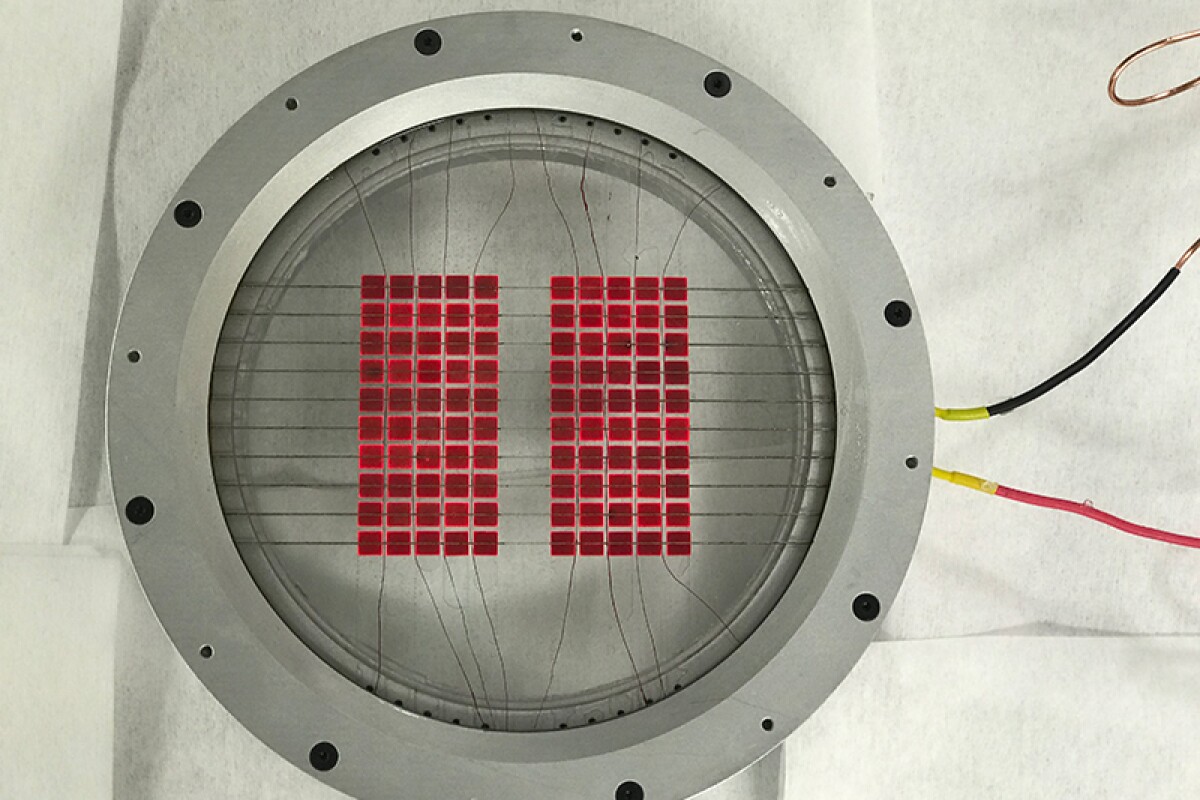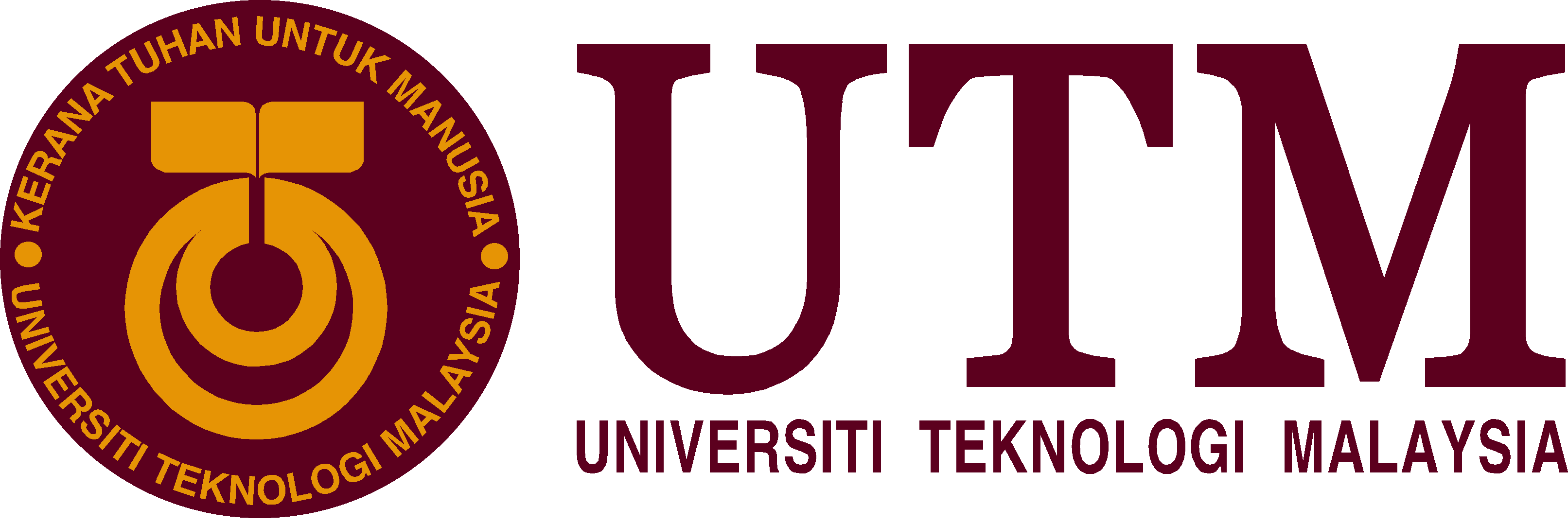https://newatlas.com/energy/hybrid-solar-converter-sunlight-heat/

Engineers have developed a new type of hybrid solar energy converter, which uses energy from the Sun to create both electricity and steam. The device reportedly has high efficiency and runs at low cost, allowing industry to make use of a wider spectrum of solar energy.
The most common way of collecting energy from the Sun is through photovoltaics. These solar cells produce electricity from sunlight, and they’re so simple that they’re built into everything from garden lights to the grid itself.
But it’s not the only way. Solar concentrators collect heat instead of light, focusing the Sun’s rays to heat up a contained fluid. This can then be used to generate electricity – say as steam turning a turbine – or more directly, to heat homes or for other industrial processes.
Normally these two systems are separate, but attempts have been made to pair them up into single hybrid devices, often resulting in lower efficiency or higher cost. But now researchers claim to have created a new hybrid solar energy converter that mixes the best of both worlds.
The device looks like a satellite dish, with a small device suspended over the center of a parabolic collector. The dish part is mirrored, and focuses the sun’s rays onto the box in the middle. The bottom of this section contains multi-junction solar cells, which collect and convert visible and ultraviolet light into electricity.
But the clever part is that these cells redirect the infrared light – the heat energy – to a separate thermal receiver, higher up in the device. This receiver is essentially a cup-shaped cavity surrounded by pressurized water, which captures the heat and turns into steam.
The team says that the total collection efficiency is 85.1 percent, meaning a very high amount of the Sun’s energy is converted into either electricity or heat. The steam can be heated up to 248 °C (478 °F), which is a much higher temperature than many other thermal energy collectors. This means it’s hot enough for many industrial processes, such as drying, curing, sterilizing, and pasteurizing.
The other advantage is cost. The team reports that once scaled up, the hybrid device could run for as little as 3 cents per kilowatt hour.
The team, which is made up of researchers from Tulane University, the University of San Diego, San Diego State University, Boeing-Spectrolab and Otherlab, has been awarded follow-on funding for the next round of development and plans to refine the technology and work towards scaling it up for pilot plant tests.

